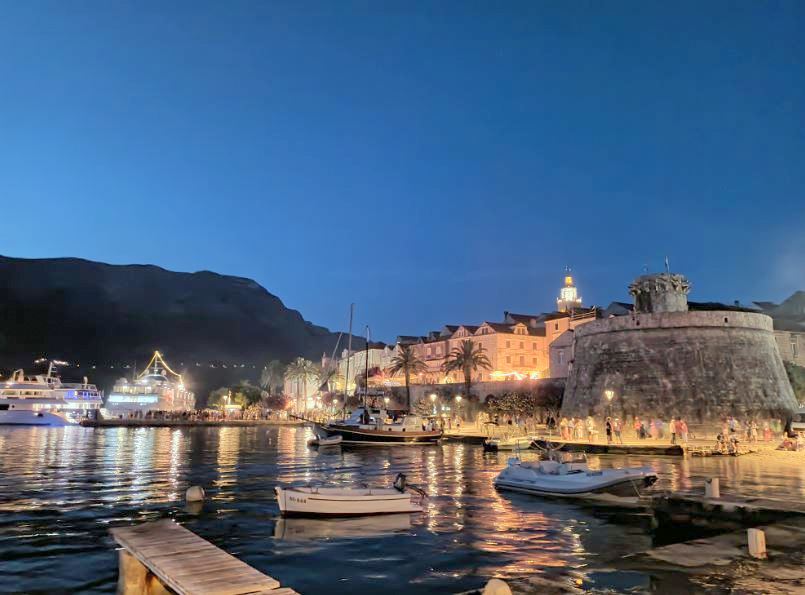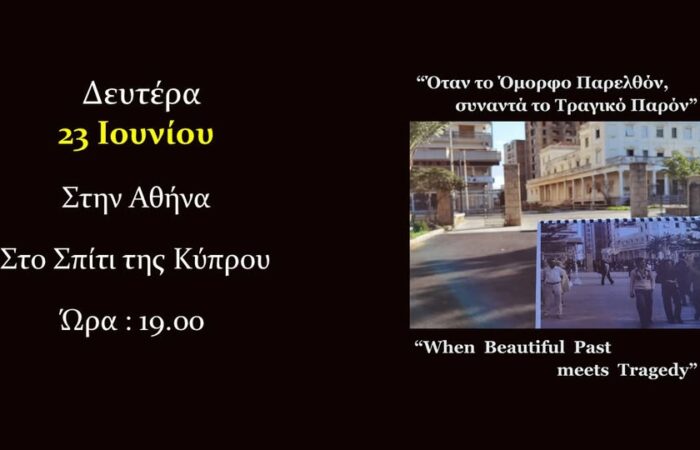Stefan Baciu awarded stay on island Korcula, Croatia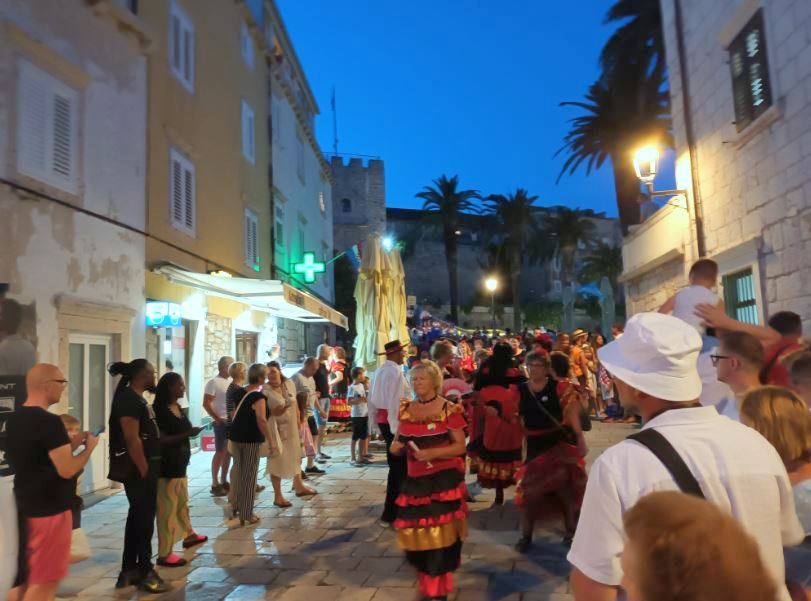
Fijet Croatia has given its annual 2019 Marco Polo Grand Prix Award to Stefan Baciu for writing about Morocco as a host country of Fijet Congress in 2018. With these awards, the Fijet Croatia underlines the value of a professional approach to writing reportages about tourism. The Marco Polo Awards have several categories for domestic and international journalists and writers. The sponsor and host of Marco Polo Grand Prix for best articles about Fijet Congress Host country is City of Korcula and Tourist Office Korcula.
In this way, the winners report and publish reportages from journalists’ own experience and stay in Korcula and Croatia, what is are highly important for the image of Croatian tourism.Stories and impressions based on personal experience are the best recommendation as well as an invitation to discover Croatia’s beauties. Tourist Office of Korcula hosted Stefan Baciu from 29th of June to 4th of July with the stay of unforgettable experiences and sights.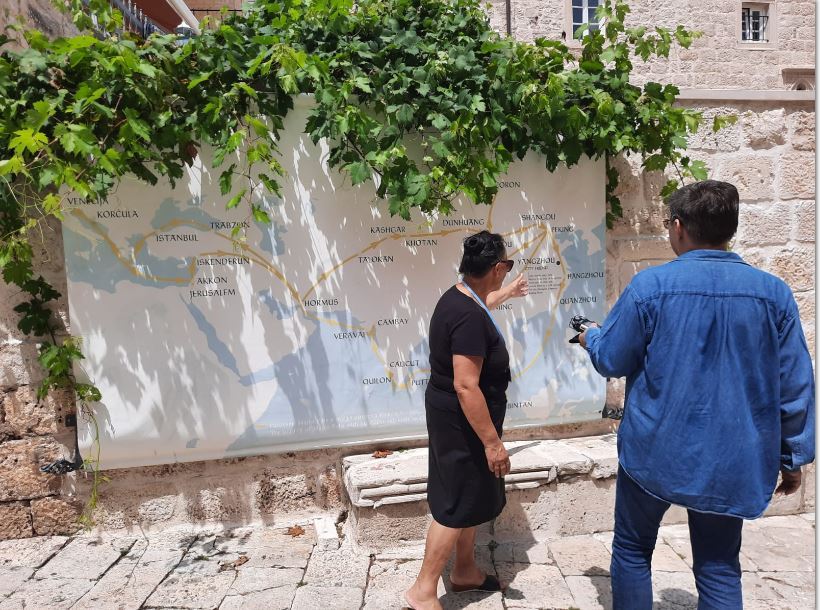
Korcula – the city of walls, Wine Festival, Summer carnival, and Rustic Fare and Gastronomy, vineyards, beaches, etc.
When the ancient Greeks saw the island’s dense forests of holm oak and pine, they named it ‘Black Corfu’ (Kerkyra Melaina), and legend suggests Korčula was discovered by the Greek hero Antenor escaping from Troy.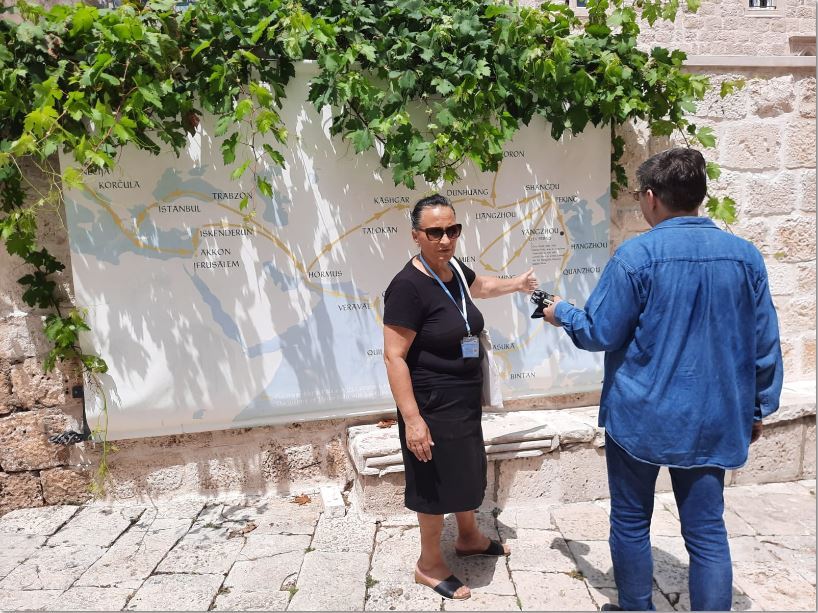
Now, the fortified medieval old town is listed in UNESCO’s tentative list of outstanding world heritage sites. The most beautiful of all of Croatia’s island towns, Korčula juts out into the sea like a mini Dubrovnik – ringed with walls, paved in marble and centred on a magnificent 15th-century cathedral.Outside of the town’s picturesque cobbled streets and unspoiled beaches and coves, you’ll find acres of olive groves and vineyards producing local olive oil and wine. One of the most beautiful islands to visit in Croatia. Korcula Island is said to be the birthplace of international explorer Marco Polo, located in the central Dalmatian archipelago, linked to the mainland by a regular ferry service. The Old City in Korcula Town is surrounded by medieval stone walls with its cobblestone streets lined with impressive Venetian-Gothic buildings like St. Mark’s Cathedral. You’ll see Venetian influences throughout while exploring, along with unique locally owned shops, galleries and countless eateries serving traditional Croatian fare
Rich in vineyards, olive groves and small villages, and harbouring a glorious old town. Elegant restaurants line its fringes, offering views to the mountains of the mainland. Foodies explore the humble taverns scattered about the verdant interior, while beach-lovers seek out sandy, family-friendly Pržina near the town of Lumbarda. The island is also known for its quality white wine made from the endemic pošip and grk grapes. 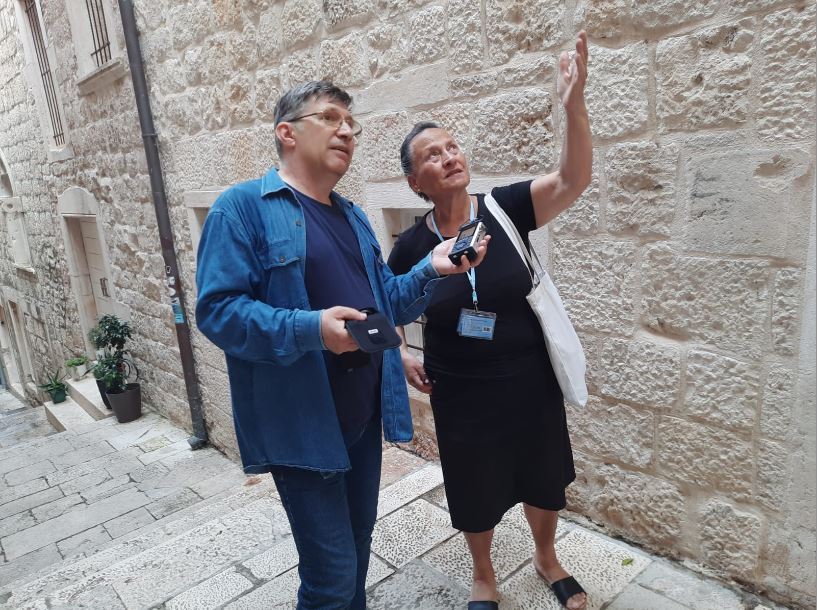
Stefan Baciu will explore more about Korcula to listeners of Radio Romania International in its radio serie of reportages. Thank you Stefan for Korcula promotion. Thank you Stefan for visiting my born city. I was happy to have you in Imotski-Middle Dalmatia on your return home. Thanks to Ms. Milijana Borojevic, Director of Tourist Office and Hana Turudic, Manager of tourism projects for a great host.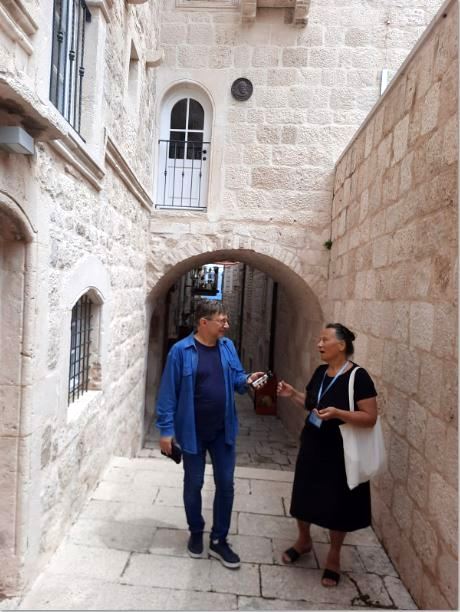
INTRO On Monday, July 10, the 74th edition of the Dubrovnik Summer Festival begins. The agenda of the festival, which runs until August 25, includes more than 70 theater, music, dance, folklore, gastronomy events that will take place in different locations in the historic area of the city. The old part of the city, which every year becomes a huge stage for the Summer Festival, was included in the UNESCO world cultural heritage list in 1979. A special attraction is the walled belt of the city, with a length of about 2 km. Even if you don’t make it to Dubrovnik, you can admire these walls, used as a filming location in the famous Game of Thrones series.
The season of great holidays has begun. We go to the countryside to visit our grandparents, we go to the mountains, we go to the sea, whatever it’s called, but going on summer vacation and going to a New Year’s party, that could only happen to Ştefan Baciu.
St. B: During the summer, Korcula Island becomes one of the most frequented holiday destinations on the Croatian coast. Access to the island became easier after the inauguration in July 2022 of a bridge with a length of 2.4 km connecting, across the waters of the sea, between the continental part of Croatia and the Peljesac peninsula, from where Dubrovnik can also be reached by road . From the town of Orebic on the Peljesac peninsula, you can take a ferry to the island of Korcula, near the town of the same name. The crossing takes about 15 minutes, and the runs have a frequency of one hour. Due to the fortress around which the small town developed, Korcula is also called “little Dubrovnik”. The difference with Dubrovnik is that cruise ships do not dock here.
I arrived in Korcula at the beginning of the summer season and, in one weekend, I caught a few festivals, such as that of the sword dancing groups, Moreska, a tradition, I might say, comparable to the kalusharis here, a tradition that the inhabitants the island is stubborn to keep it. I also mention the Wine Festival, organized in a small square in front of a church, an event to promote the wines of the island with a population of about 15 thousand inhabitants. On the island of Korcula, which is 50 km long, there are over 40 vineyards and wineries, as well as over a million olive trees. At the end of June, more precisely on June 30, tourists are also attracted by the carnival in which many residents participate, who parade under the walls of the medieval fortress dressed as Mexican singers, jellyfish or Amerindians. (Music track 01).
A torrential rain interrupted the afternoon parade, which was resumed in the evening. In the meantime, I had the opportunity to meet and talk with the director of the Tourist Information Office in Korcula, Milijana Borojevic, who told me how this carnival came about (English Track): “At the beginning of the new millennium, a local association that deals with this type of activities, the carnival decided to start celebrating the end of the first half of the year and the transition to the twelfth part of the year. So, every year, on June 30, we have a big New Year’s Eve party, with a carnival, with stage concerts set up here and fireworks, you know, like a real New Year’s Eve party. Thus, we celebrate the entry into the second half of the year and we say that it is time again to make wishes that have not come true in the last 6 months. So now everyone has a new chance, but basically it’s a good reason to be at a big party. So tonight will be like a carnival around town and then we’ll party until dawn.”
The idea of New Year’s Eve in the middle of summer was successful, and now it has become a tradition event. (Music Track 02) This “Happy Half New Year” party takes place, remember, on the evening of June 30, in the town of Korcula on the island of the same name in the Adriatic Sea!

